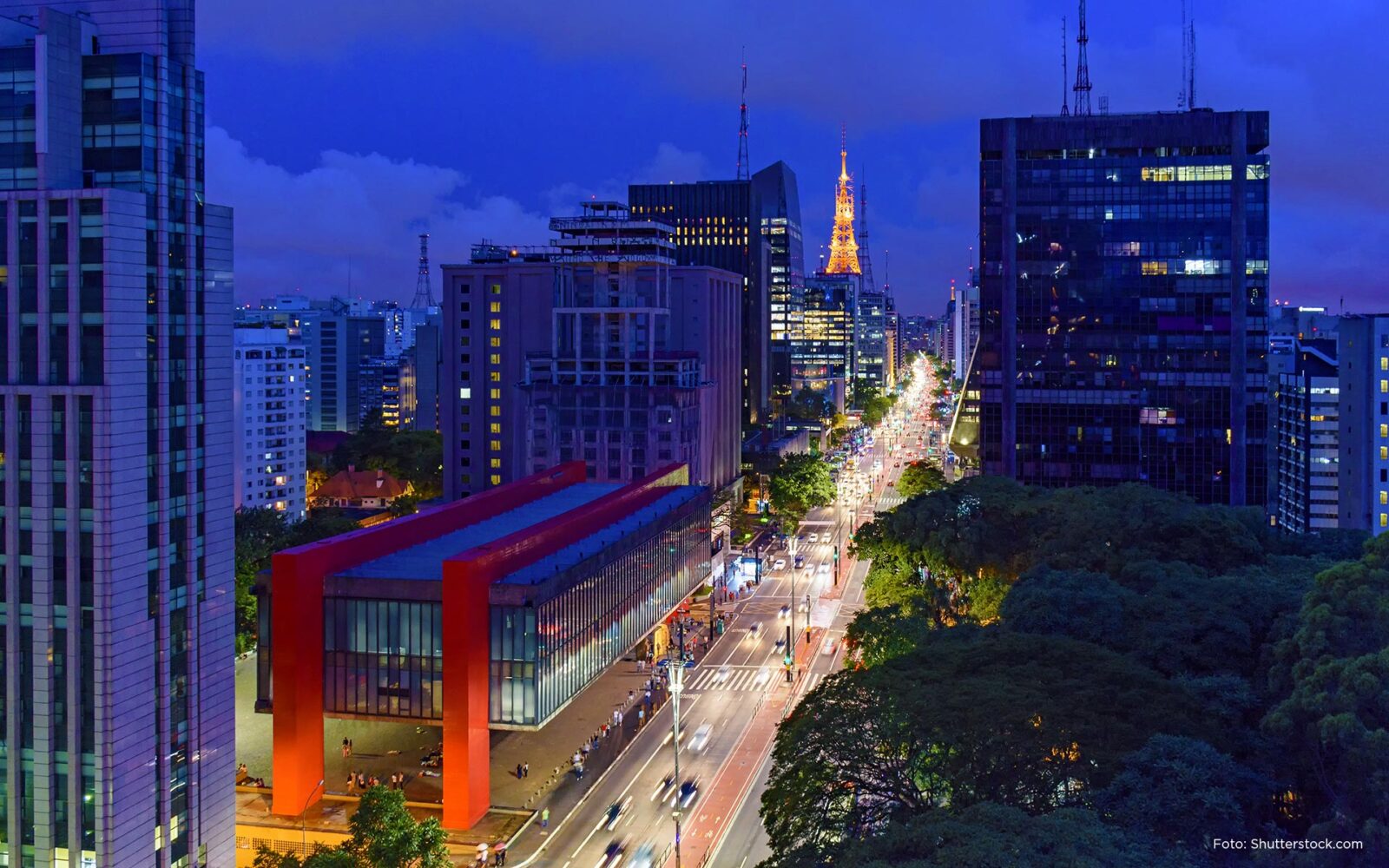By Iván Kraljevic, Motorola Solutions’ Safe Cities Specialist for Latin America and the Caribbean
Falling asleep on the bus on the way home from college, walking around the neighborhood late at night after work or driving with the windows open “without fear” is almost a utopia in most Latin American cities.
The population’s sense of security is still a major challenge. People in Latin American countries feel unsafe in their cities and this perception, instead of tending to decrease in the statistics, tends to grow. The Law and Order Report, conducted by Gallup, showed that just under half of the Latin American population, or 49% of those surveyed, feel safe in their cities, while the global average is 71%.
This scenario has gained the attention of governments and public safety and emergency agencies, raising a common question: What can we do to make our society feel safer?
There are all kinds of strategies, including policies, joint plans with citizens and security agencies, among many other tactics. Across the board, technology is increasingly conceived as a great lever to multiply resources, provide a preventive outlook, anticipate risks and help provide information in real time so that the individual has an adequate response at the most critical moments.
A clear example of these technologies are the command and control centers that act as the security brain of a city. From there, calls to the single emergency line are managed, through which a person can call to report an emergency of any kind, from fires and robberies to medical incidents, including mental health and violence against women. Regardless of the urgency, the command and control technology receives the call and routes it to the responsible agency, according to the case, and activates the response, all in the shortest possible time.
These “brains” are integrated with various technologies, such as video solutions with Artificial Intelligence (AI), which bring the city’s control room a real-time view of its hotspots, to identify activity on the streets and positively impact the population’s perception of safety.
According to Motorola Solutions’ “Consensus for Change” study, more than 60% of citizens say they feel safer when advanced video technologies are used. Specifically, body cameras, which can be used by security, emergency, traffic and fire officers, enable the documentation of events in real time and the capture of previous information during and after an incident. They provide transparency in their documented material, protect the chain of custody and operate as high-value evidence in any legal proceedings. This transparency translates, for the population, into trust in the police and emergency agencies and in the processes applied to protect them.
Video solutions integrate with radio communication systems, an essential communication tool for emergency and public safety agencies. In this way, security personnel can receive alarms on their radios via text messages and/or text-to-voice alerts if the video management platform recognizes unusual situations or detects an alert condition. This is because license plate reading and recognition applications and other artificial intelligence features can be added to video systems.
In addition to video and voice, other technologies can be integrated into these centers to create an ecosystem that offers a 360° view of the city and converts all the information into intelligence to reduce response times and generate more effective emergency response.
There are already Command Centers of this type in Latin America, such as the C4 in Bogotá, which was recently certified by NENA 911, the world authority in this field. The central component of the C4 is the single 1-2-3 emergency line, which integrates six agencies: Police, Fire, Ambulance, Risk Management and Climate Change and the Women’s Secretariat.
Although there is still a long way to go before our perception as citizens, when we go out on the streets, is one of security, there is no doubt that technologies are fundamental elements at the service of the population to guarantee security and increase confidence in all the bodies in charge of protection.
